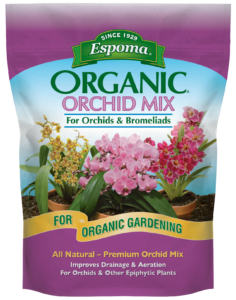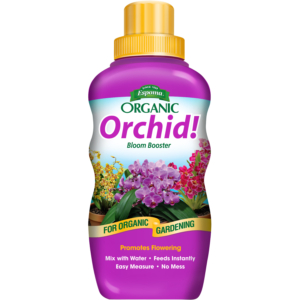Growing Joy with Maria Podcast Episode 30 Blog: Orchid Care Basics
Orchids have long captivated plant parents with their beautiful flowers and unique growth habits. Despite what others commonly think, taking care of them is not as difficult as their reputation implies. With the right knowledge and approach, you can bring the beauty of orchids right into your home.
This blog is inspired by Episode 30 of Growing Joy with Maria Podcast, where host Maria Failla talks about orchid care with Chris Satch, the NYC Plant Doctor and educator for the New York Botanical Garden.
What is an Orchid?
Botanically, orchids are plants that have a unified column, which is a unique reproductive structure that unites the orchid family. They can adapt to different environments, but most of them do love the tropics—which is why you can find them on every continent except Antarctica.
Orchid Care Basics
Let’s get into the basics of taking care of them:

- Light requirements: Orchids love bright, indirect light. Placing them near an east or west-facing window where they receive filtered sunlight is ideal.
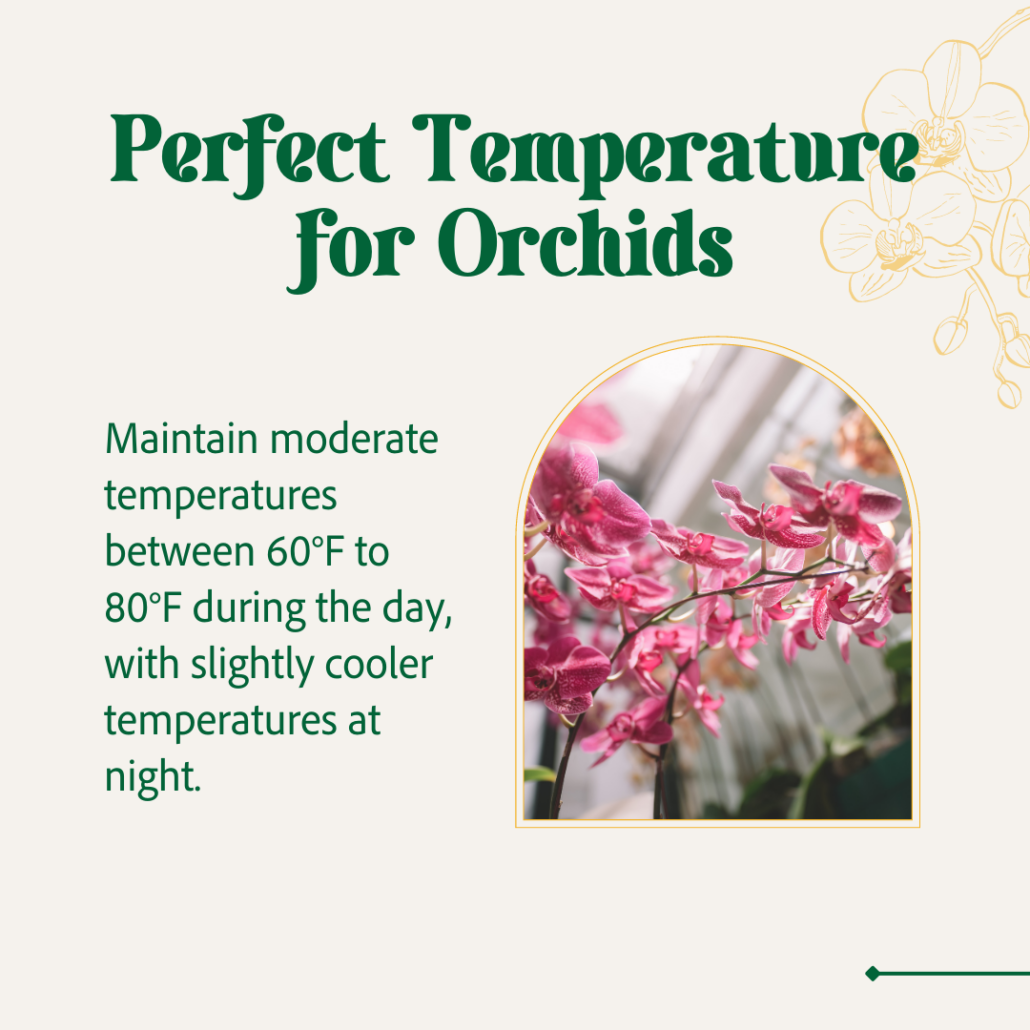
- Temperature & humidity: Orchids thrive in moderate temperatures, so it’s ideal to maintain them within the range of 60°F to 80°F during the day, with slightly cooler temperatures at night. They also love higher humidity levels!
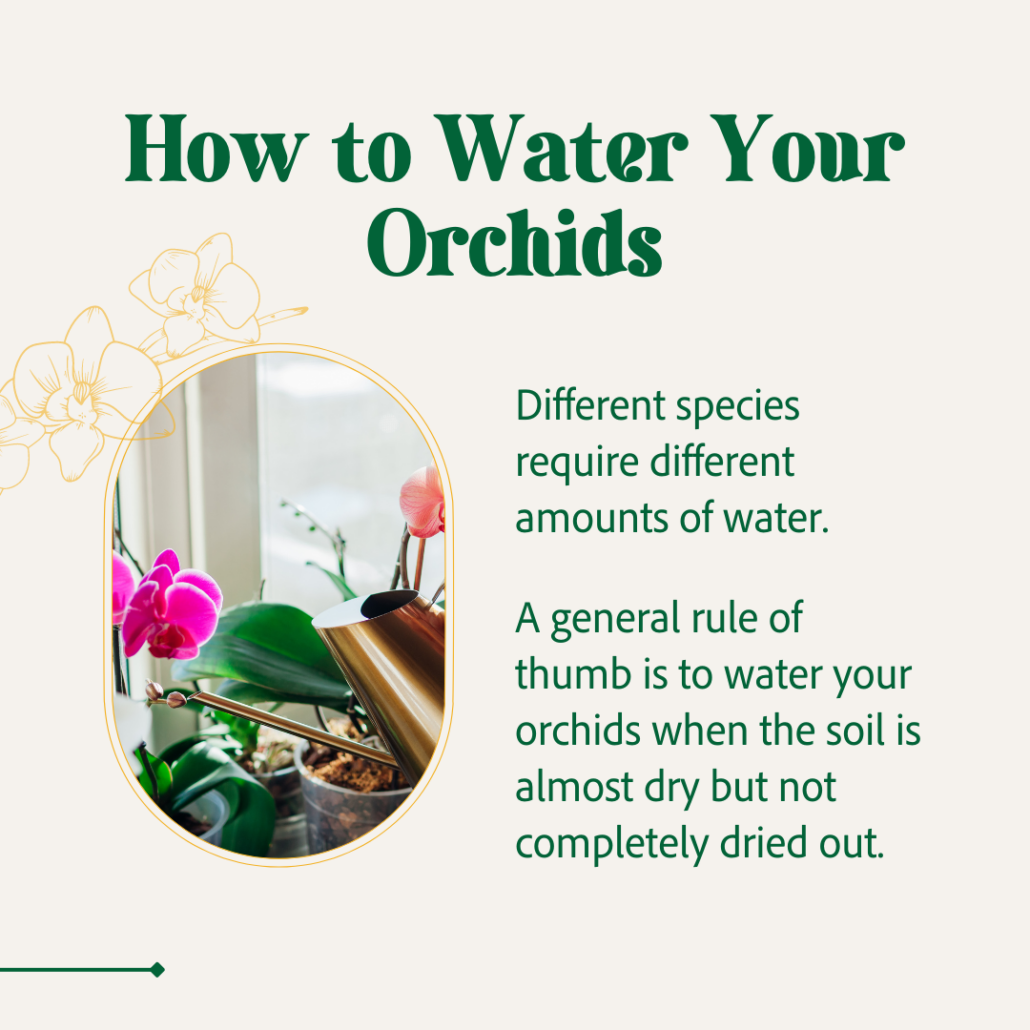
- Watering: Orchids have different moisture requirements, depending on the species and growing conditions. As a general rule, water your orchids when the soil is almost dry but not completely dried out.
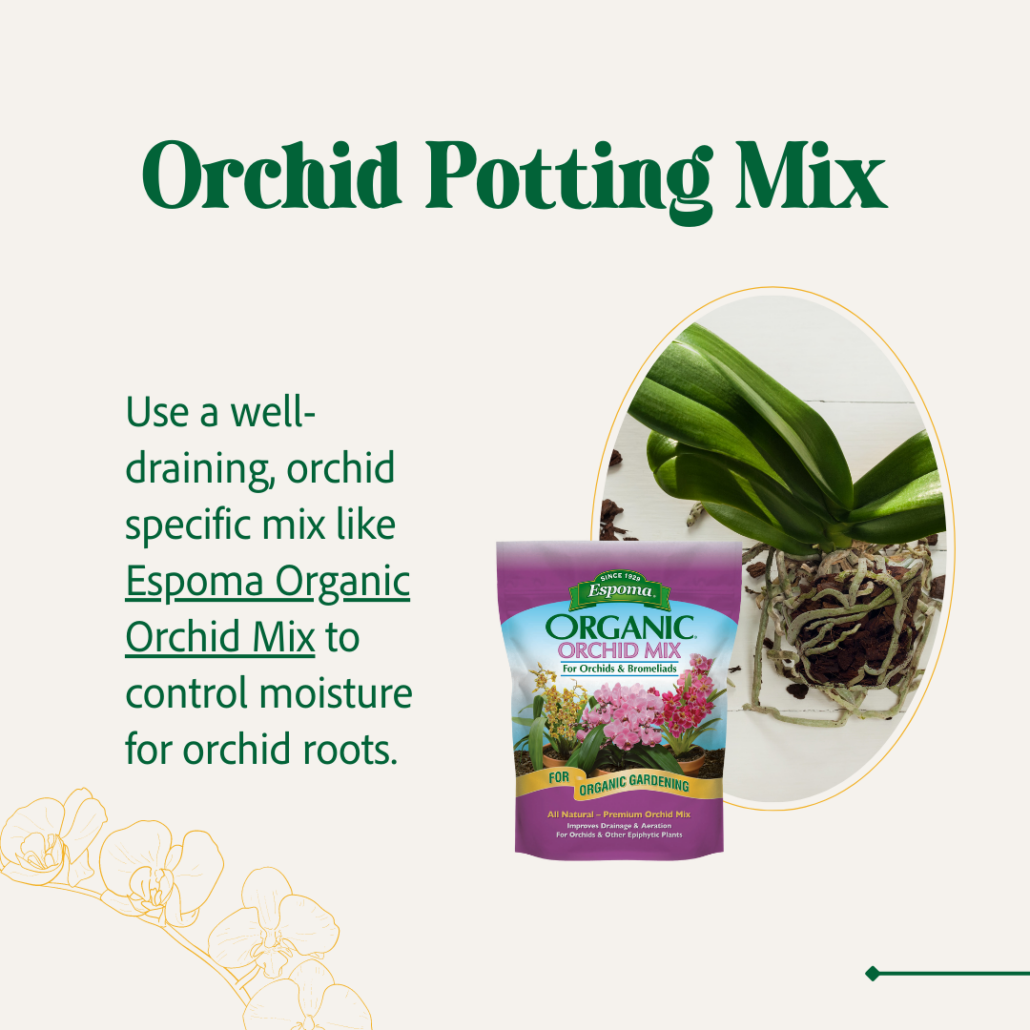
- Potting mix: Avoid planting orchids in regular potting soil. They need a well-draining mix that mimics their natural environment. Sphagnum moss, orchid bark mix, or a combination of the two are typically used to provide moisture control for orchid roots. Use Espoma Organics Orchid Mix, which is a blend of organic materials that ensures proper drainage while retaining essential moisture.
Common Orchid Types
- Phalaenopsis: A popular choice for beginners, with elegant and long-lasting flowers.
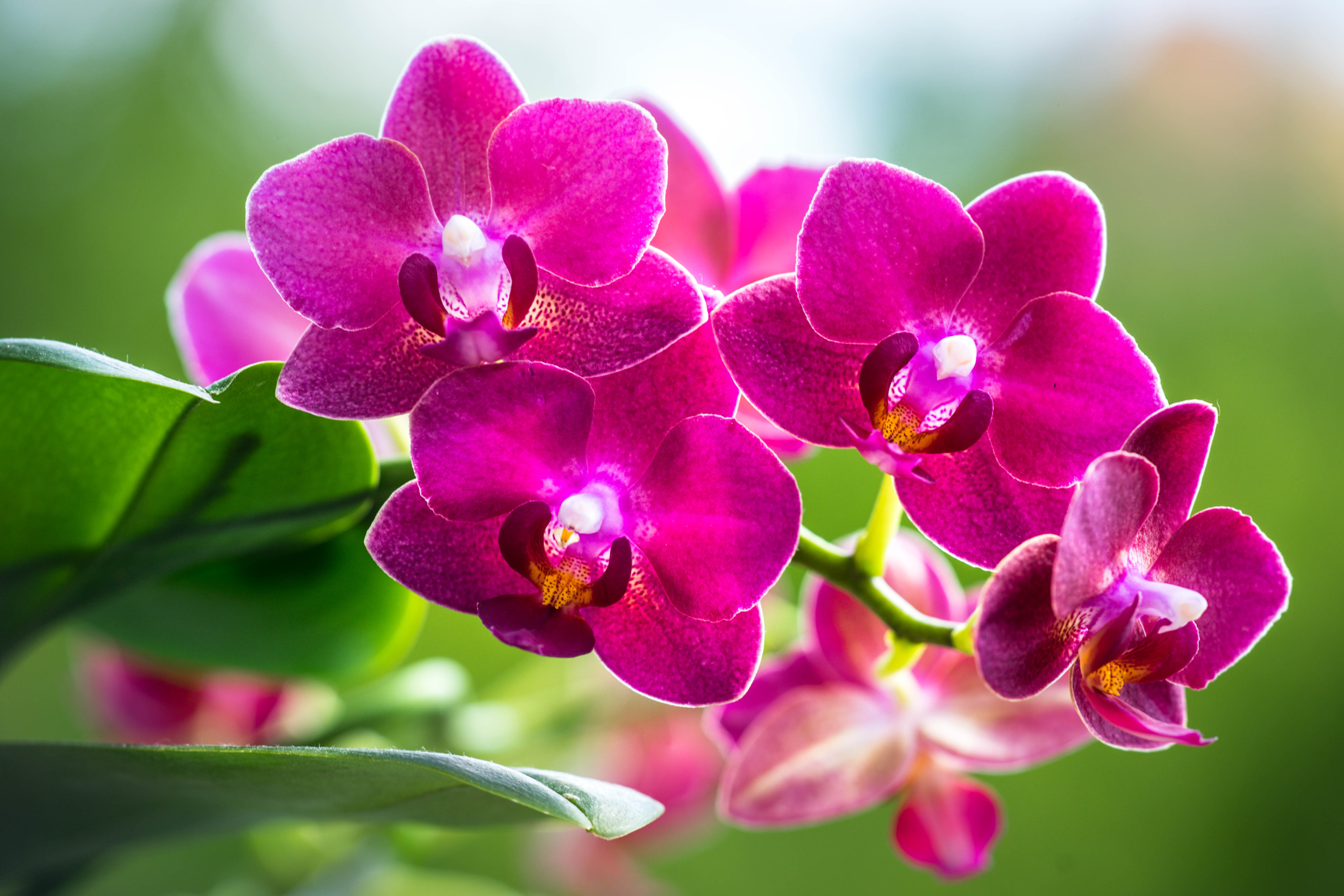
- Cattleya: If you’re a collector, you’ll love these orchids. They have vibrant and fragrant blooms but prefer brighter light and slightly cooler temperatures.
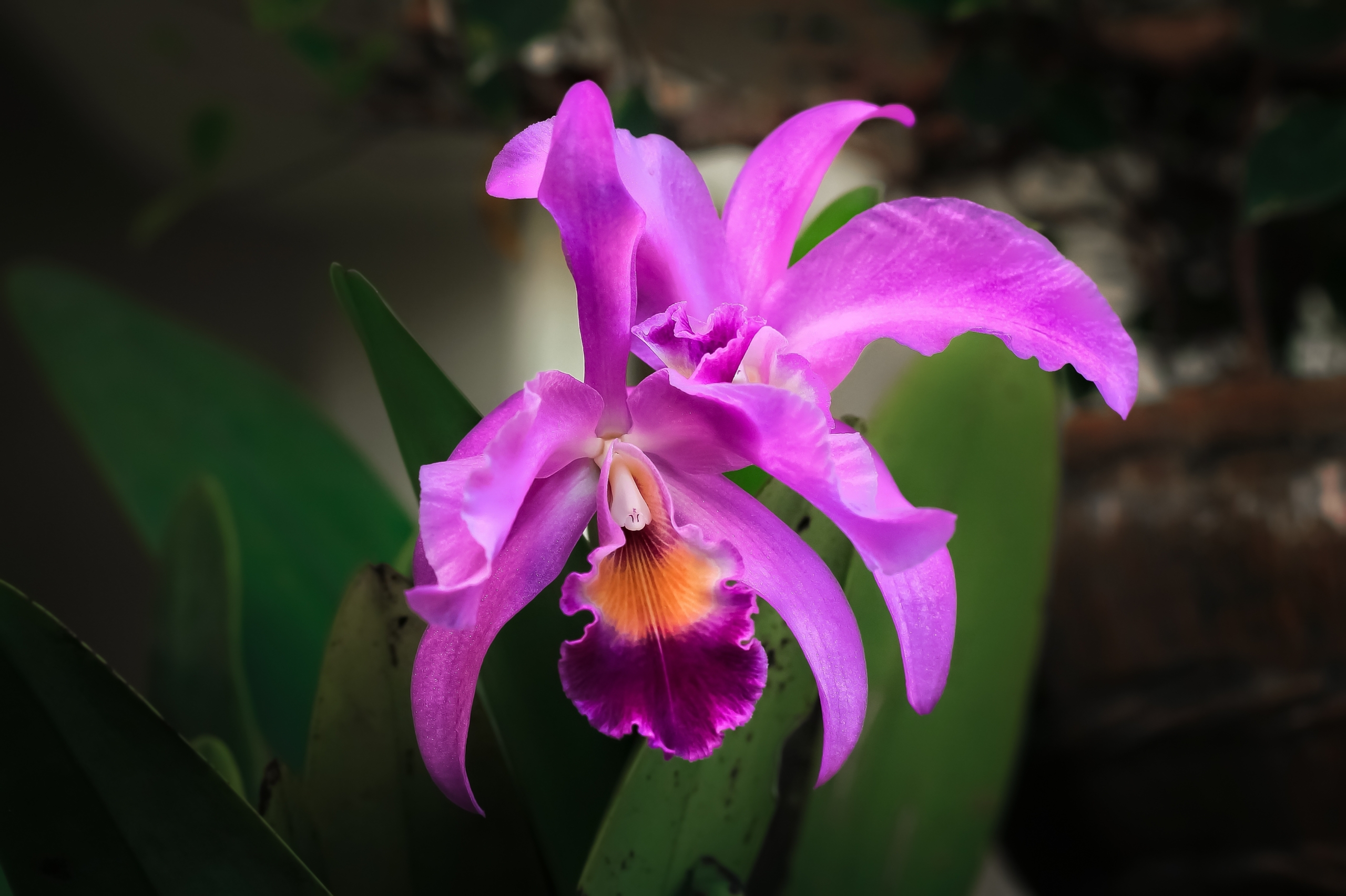
- Vanda: Known for their striking, colorful flowers and aerial root growth. They like high humidity and bright, indirect light.
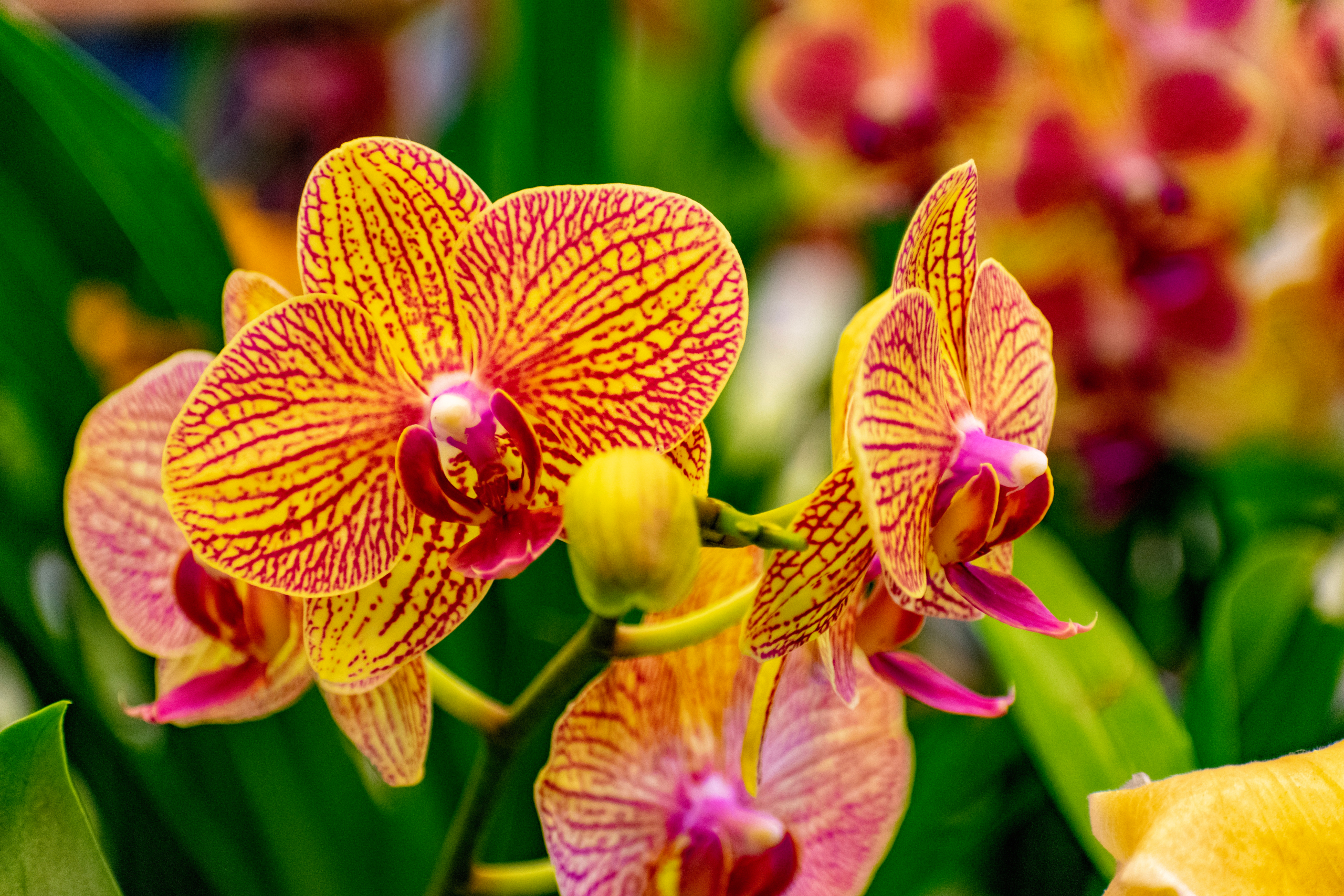
- Encyclia: These charming, unique flower forms are known for their toughness and ability to adapt to different conditions.
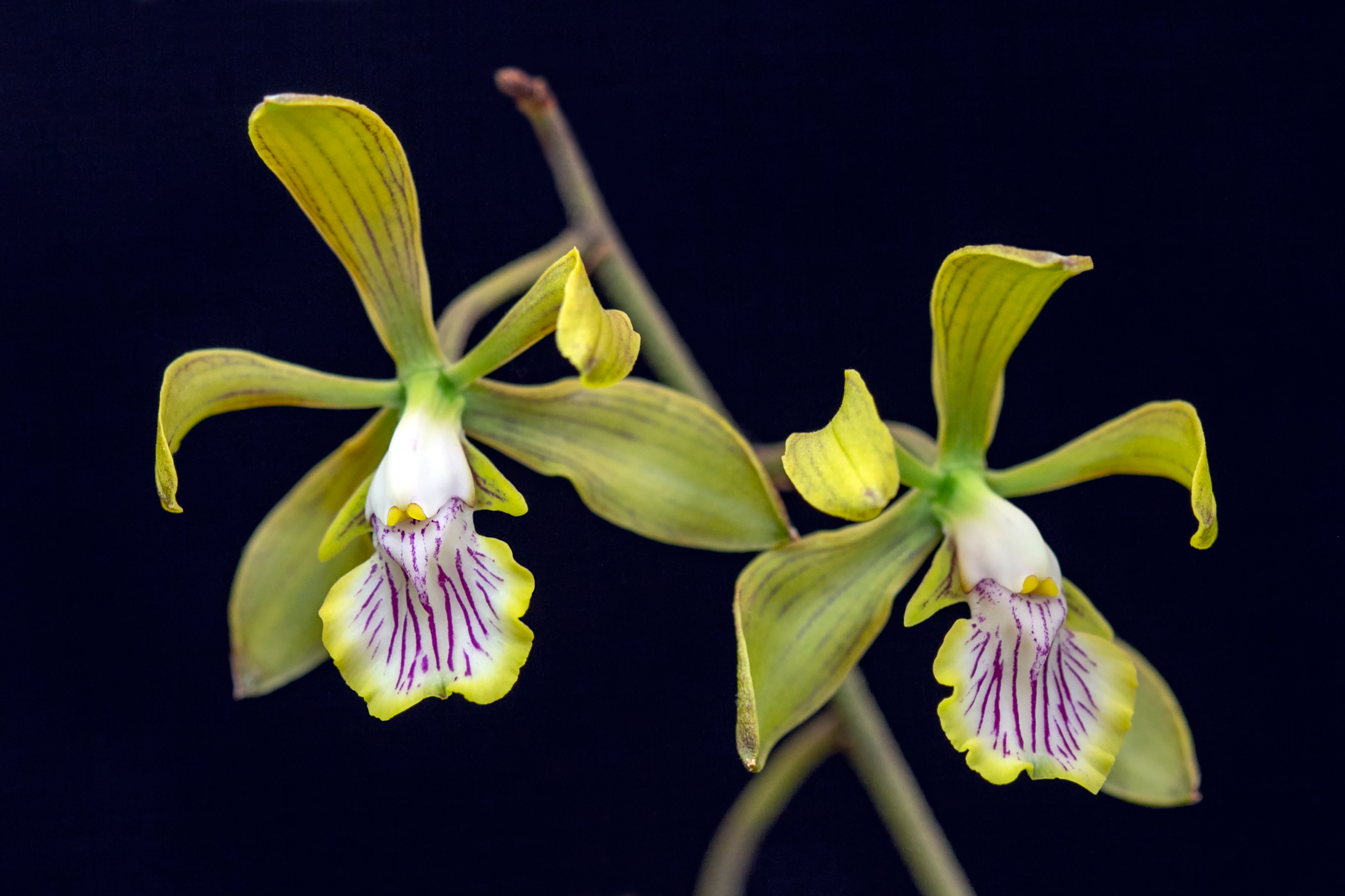
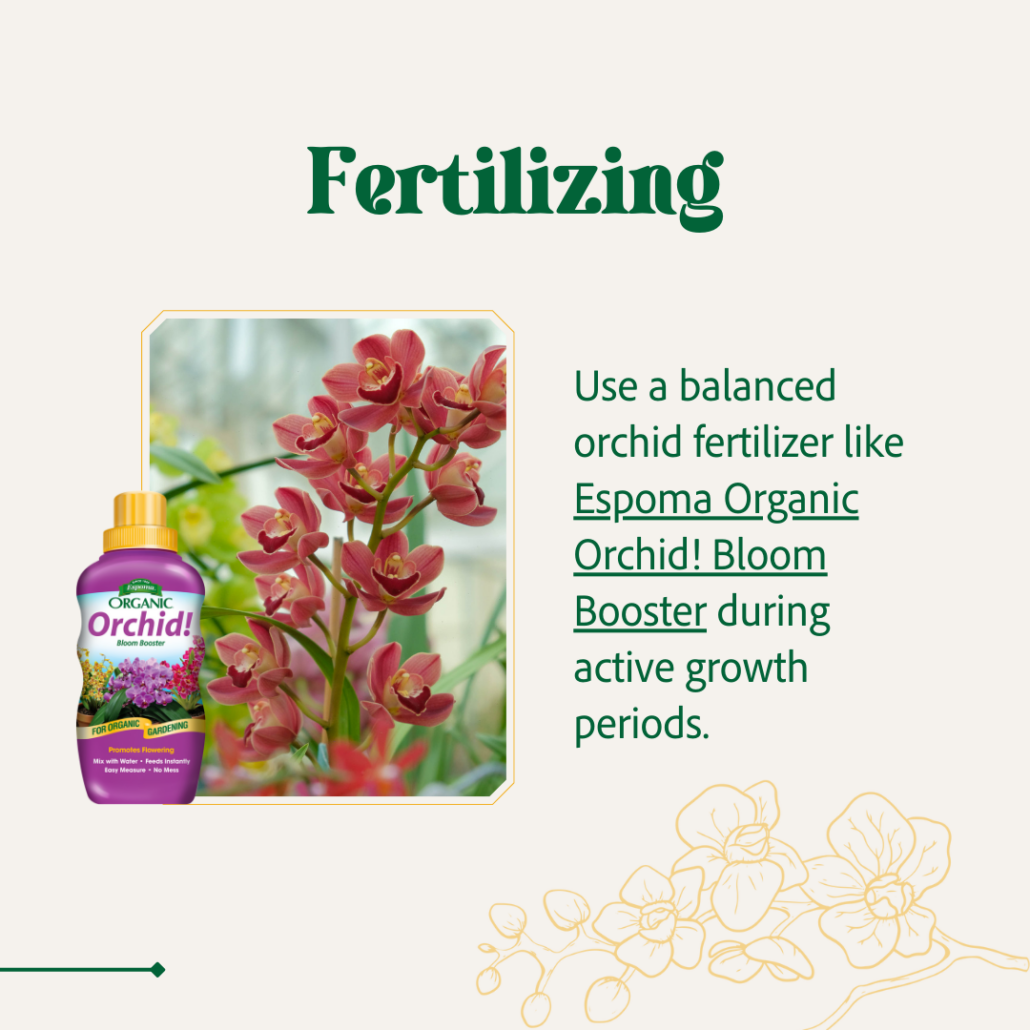
Fertilizer: To Use or Not to Use?
Fertilizing orchids during their active growth periods is beneficial for the beautiful blooms associated with them. A balanced orchid fertilizer like Espoma Organic Orchid! A bloom booster that will do wonders—just make sure not to overdo it! Too much can build up salts and harm the roots.
Myth Busting: Ice Cubes & Level of Difficulty
Myth 1: Ice Cubes are Good for Orchids
Myth! Putting ice cubes on the soil can actually harm your orchid. It’s best to water them thoroughly and let any excess water drain out of the pot. You want to avoid letting the roots sit in standing water.
Myth 2: Orchids are Difficult to Care For
Partially a myth. Here’s the truth: some can be tricky, but most of the orchids you’ll find in stores are specifically selected to be tough and adaptable to indoor conditions. In fact, orchids are often described as plants that like “benign neglect.” You can leave them alone for a while, and they’ll still thrive!
Troubleshooting Orchid Problems
Q: Why is my orchid not blooming?
A: If your orchid isn’t blooming, it might need more light or consistent temperatures.
Q: Why are my orchid leaves turning yellow?
A: If the leaves are turning yellow, you could be overwatering or underwatering. And if you notice mushy or black roots, that might indicate root rot, which can be caused by too much water or poor drainage.
*****
It takes patience, attention, and a willingness to learn to take care of orchids. But it’s totally worth it! Add these plants to your collection, and enjoy their stunning flowers and captivating growth patterns for years to come.
Featured Products:

